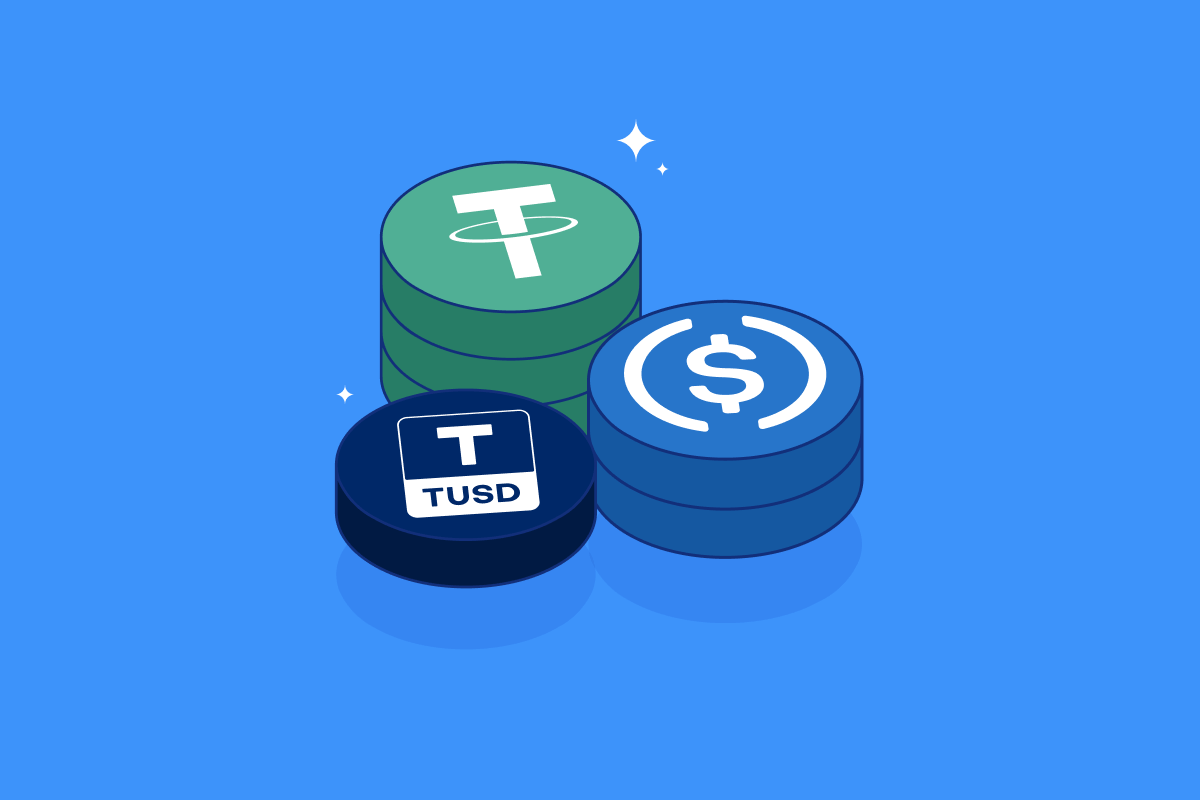Liquidity Bootstrapping Pool (LBP)
Liquidity Bootstrapping Pool (LBP) is a novel mechanism in decentralized finance (DeFi) that allows projects to efficiently launch tokens while maintaining flexibility in liquidity provision and price discovery. This innovative concept was introduced to address specific challenges faced by Initial DEX Offerings (IDOs) and liquidity provision in decentralized exchanges (DEXs).
Overview of Liquidity Bootstrapping Pools
Liquidity Bootstrapping Pools allow new token projects to create a temporary liquidity pool that facilitates a fair price discovery mechanism during their initial launch phase. Unlike traditional liquidity pools, where the token price may be influenced by early participants, LBPs utilize a unique method of token pricing that gradually changes over time.
Key Features of Liquidity Bootstrapping Pools
- Dynamic Pricing: LBPs employ a dynamic pricing mechanism that adjusts token prices based on the amount of liquidity and trading activity. This helps mitigate volatility and promotes a fairer price during the launch.
- Liquidity Provisioning: Participants can provide liquidity to the pool, enabling them to earn rewards while contributing to the project’s success.
- Accessibility: The design of LBPs aims to democratize access to new tokens, reducing the barriers for entry for retail investors.
- Time-Weighted Average Price (TWAP): LBPs often implement TWAP mechanisms to determine the average price over a certain period, reducing the impact of price manipulation in early trading hours.
How Liquidity Bootstrapping Pools Work
The operation of Liquidity Bootstrapping Pools involves a series of steps that facilitate the distribution of tokens in a structured manner:
- Creating the Pool: The project team creates a liquidity pool with a defined initial amount of tokens and an equal value in a stablecoin or other asset.
- Dynamic Bonding Curves: A bonding curve is established to set the initial price of the tokens. As liquidity is added or removed, the price of the token adjusts according to the predetermined bonding curve model.
- Launch Phase: In the launch phase, participants can trade tokens with an increasing price as the initial liquidity decreases, encouraging early buyers to purchase at a lower price.
- Market Participation: As the market participates and liquidity changes, the price continues to adjust, allowing broader access to the token over time.
- End of Launch Period: Once the designated launch period ends, the pool can transition into a traditional liquidity pool, allowing users to trade the tokens in a more permanent liquidity setting.
Benefits of Liquidity Bootstrapping Pools
Liquidity Bootstrapping Pools offer several advantages to both projects and investors:
- Reduced Manipulation Risk: The dynamic pricing model reduces the risk of price manipulation by early whales, creating a fairer market for all participants.
- Greater User Engagement: By allowing users to actively participate in the token launch, projects can foster a community of supportive investors.
- Flexible Liquidity Management: Projects can adjust their liquidity strategies post-launch, adapting to market needs and investor behavior.
- Enhanced Price Discovery: The gradual price increase enables a more accurate price reflection, aligning with market demand over time.
Challenges and Considerations
While Liquidity Bootstrapping Pools present numerous advantages, challenges exist:
- Complexity of Implementation: Developing an effective LBP requires advanced knowledge of smart contracts and on-chain economics.
- User Understanding: Participants must comprehend the mechanics of LBPs to fully engage without risking financial losses.
- Market Sentiment: External market factors can still influence token price volatility, impacting long-term sustainability.
Case Studies of Liquidity Bootstrapping Pools
Several notable projects have successfully utilized Liquidity Bootstrapping Pools to launch their tokens:
- Token A: A DeFi project that implemented an LBP for its governance token, resulting in a well-distributed initial supply and strong community support.
- Token B: A gaming project that used an LBP to launch its in-game currency, achieving a stable price trajectory during its early days.
- Token C: A social media platform that leveraged LBPs for fair token distribution, leading to enhanced user engagement and loyalty.
The Future of Liquidity Bootstrapping Pools
As the DeFi landscape continues to evolve, Liquidity Bootstrapping Pools are likely to gain further adoption. Their innovative approach to price discovery and liquidity management provides a compelling alternative to traditional token launch methods.
Conclusion
Liquidity Bootstrapping Pools represent a significant advancement in the realm of decentralized finance. By combining dynamic pricing with flexible liquidity strategies, LBPs create opportunities for fair token launches and foster community involvement. As the DeFi ecosystem matures, understanding and employing LBPs will be crucial for projects seeking sustainable growth and investor trust.


















